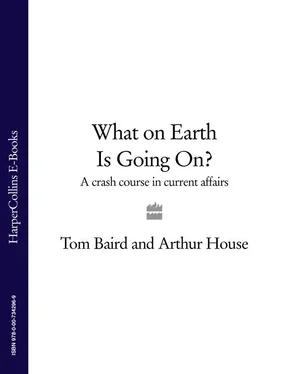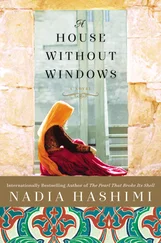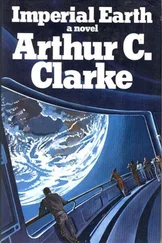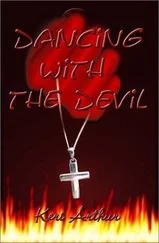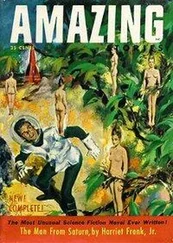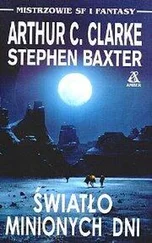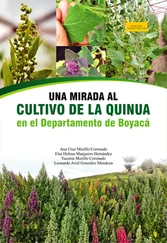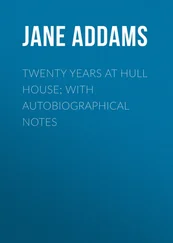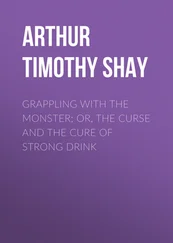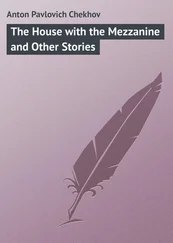TOM BAIRD
and ARTHUR HOUSE
What on Earth is Going On?
A Crash Course in Current Affairs

We wrote this book with a shared conviction that a) most people’s knowledge of current affairs is a lot worse than they would like to admit, b) it wouldn’t hurt to start filling in the gaps, and c) while many of these issues are dauntingly complex, they would never-theless benefit from a clear and concise introduction.
Keeping up with the news is an interminably tall order. The media deluge us with so much content each day that by the time we’ve digested the headlines, a new day arrives and we have to start all over again. It’s not surprising that many of us choose to stick our heads in the sand and avoid it completely.
But that’s not the only alternative. The media would have us believe that events of earth-shattering importance happen every single day and that only by remaining glued to the 24-hour news cycle can we have any hope of keeping ourselves informed. Of course this isn’t true. Just as important as keeping up-to-date is understanding the root causes behind issues, and gaining some perspective on how they have developed over time.
Our hope is that What on Earth is Going On? will help achieve this. It is a book for the bedside table, the morning commute or the downstairs loo, where it can be consulted by the confused dinner party guest who has taken refuge from the conversation next door. We hope that they will rejoin the table having flushed away some of their ignorance, and feeling all the better for it.
TOM BAIRD and ARTHUR HOUSE , August 2009
Cover Page
Title Page
Introduction
Afghanistan
Aid
Al-Qaeda
Banking
Basque Country/ETA
Blogging
Burma
CERN
Chechnya
Civil Liberties
Climate Change
Colombia
Congo
Credit Crunch
Cuba
Darfur
Devolution
Energy
EU
Euthanasia
Fairtrade
Free Trade
G8/G20
Georgia
GM Food
Hedge Funds
Hezbollah
Human Rights
Immigration
Iran
Iraq
Islam
Israel/Palestine
IVF
Kashmir
Kosovo
Microfinance
MRSA
NATO
Neuroscience
NHS
North Korea
Northern Ireland
Nuclear Weapons
Organic Food
Pakistan
Pandemic
Philanthropy
Pirates!
Russia
Social Networking
Sri Lanka
Stem Cells
Stocks and Bonds
Tax
Tibet
UK Elections
UK Political System
UN
US Elections
US Political System
World Bank/IMF
Zimbabwe
Copyright
About the Publisher
Afghanistan
Some basic facts
Afghanistan is one of the world’s poorest countries, the result of decades of war and political instability which have hindered its development and crippled its economy. Its literacy rates are among the lowest in the world (51% for men and 21% for women) and average life expectancy is only 43. Afghanistan’s extensive natural resources (which include copper, gold, iron ore, gemstones, petroleum and natural gas) remain largely untapped. Instead, much of the country’s revenue comes from cultivating poppies, which are used to produce 95% of the world’s heroin. The population of around 32 million is almost entirely Muslim (roughly 80% Sunni, 20% Shi’a—see Islam), but ethnically diverse and multilingual. The most common language is Persian, spoken by around 80% of the population, followed by Pashto, the language of the Pashtun people, who dominate the southern lowlands of the country and constitute its largest ethnic group (42% of the population; groups dominating the centre and northern regions include Tajiks (27%), Hazaras (9%) and Uzbeks (9%)). Afghans usually place their loyalties with their tribe or local clan leader. This, combined with the mountainous and rugged terrain of much of the country, limits the power of state government (the current president Hamid Karzai’s nickname is the ‘Mayor of Kabul’).
Has it always been a war-torn country?
Afghanistan’s importance as a focal point for trade and migration between East and West has seen it possessed and conquered by a host of peoples throughout history, including Arabs, Persians, Turks, Macedonians, Mongols and Mughals. In the 19th century the country was of key strategic importance in the ‘Great Game’ between Russia and the British empire; after several Anglo-Afghan wars, it fell into British hands before regaining independence in 1919. Sixty years later, Afghanistan once again became the pawn in a struggle between two superpowers, this time the Cold War adversaries: the USSR and the USA.
In 1979 the CIA began funding the Mujahedeen, an Islamist group composed of diverse factions and local warlords who opposed the communist secular government. The Soviet Red Army intervened to support the government, and were dragged into a decade-long war against the US-sponsored Mujahedeen that Soviet premier Mikhail Gorbachev referred to as a ‘bleeding wound’. Eventually the dogged resistance and guerrilla tactics of the Mujahedeen forced the Soviets to pull out in 1989. The US lost interest in Afghanistan after the collapse of the USSR, and the country entered a volatile period in which the Mujahedeen ousted the communist government and took control of the capital, Kabul, in 1992. During the ensuing ‘reign of chaos’ a new Islamist group, the Taleban, arose in opposition.
The Taleban (literally ‘students’) are a strictly religious Sunni movement drawn mainly from the Pashtun ethnic group. They originated in the madrassas (Islamic schools) of the southern city of Kandahar under the leadership of Mullah Omar, a one-eyed veteran of the Soviet war. The Taleban started making war on the Mujahedeen with the intention of restoring stability to Afghanistan and implementing Sharia law (see Islam). When they stormed Kabul in late 1996 they were greeted as heroes and bringers of peace, but they soon imposed an austere religious regime which required that all ‘modern distractions’ from the teachings of Islam were banned. These included music, TV, card playing, dancing, high heels, kite-flying, football and even paper bags. Women were forced to go completely covered in the street, and were not allowed jobs, being expected to stay at home instead. In 1996 the Taleban provided a safe haven in Afghanistan for Osama bin Laden and his fellow al-Qaeda members (see Al-Qaeda). Several of these, including bin Laden, already had contacts in the Taleban (having fought with them in Afghanistan against the Soviets) and shared their fundamentalist beliefs.
What happened after 9/11?
A month after the attacks, on 7 October 2001, George W. Bush launched Operation Enduring Freedom in response to the Taleban’s refusal to surrender bin Laden. This was an offensive launched with the UK which aimed to capture bin Laden, destroy al-Qaeda, and remove the Taleban regime. With the help of the Northern Alliance (former Mujahedeen militias also known as the United Islamic Front), the Taleban were successfully expelled from Kabul and Kandahar in November 2001. An interim government under Hamid Karzai, made up mainly of Northern Alliance members, was set up in early 2002. The US and UK military were joined by the ISAF (International Security Assistance Force) established in December 2001 and deployed under the approval of the UN Security Council. Led by NATO since 2003, this now consists of over 58,000 troops from 42 different countries, of which 26,000 are American and 8,000 British. The coalition also began training a new Afghan National Army to help fight the insurgents, which by mid-2009 numbered 86,000.
Читать дальше
